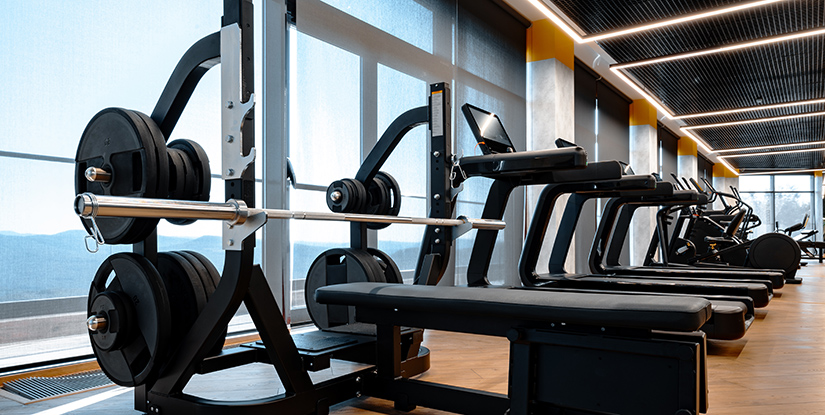Progressive overload for bench press—most people forget it completely.
You train for months, but the weight? Still stuck. Sets done, arms sore, shirt soaked… nothing moves. You add a bit more, and someone thinks you’re still warming up. Annoying, right?
But here’s the truth—it’s not effort you’re missing. It’s direction. Lifting the same way every week? That’s not progress. You wanna bench more? You need to push—just a little, but on purpose. That’s progressive overload. Simple idea. Big results.
Let me walk you through it.
What Is Progressive Overload?
Progressive overload for bench press just means this:
To get stronger, you have to make your workouts a little harder each time. Not a lot—just enough so your body says, “Whoa, that’s new.” That’s how muscles grow. No challenge, no change.
Let’s break that down real simple.
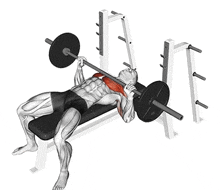
🟡 Doing the same thing = no change
If you always bench the same weight, same reps, same setup—your body gets used to it.
It stops adapting. You stop growing. That’s the truth.
🟡 Progressive overload = steady push
This isn’t about going all-out every time. It’s just a slow, steady increase.
Tiny steps. One notch up. That’s what forces your body to level up.
🟡 It’s not only about weight
Sure, more weight works. But overload can also be one more rep. Better control. Less rest. Anything that makes the same lift slightly harder.
🟡 Your body is lazy (seriously)
Think of it like this: your muscles won’t change unless they have to.
Push them a bit, and they respond. That’s how strength happens.
🟡 No overload = stuck bench
If your bench press hasn’t moved in weeks, this is why.
You’re not giving your body a reason to grow.
Common Ways to Apply Progressive Overload for Bench Press
Progressive overload for bench press means one thing: if your workout feels the same every week, your muscles have no reason to grow. You need to make it harder—just a bit. Here are 5 simple ways that actually work.
1. Add Weight
This one’s obvious, but still king. More weight = more stress. That’s what builds strength.
Hit 3 sets of 8 at 60kg last week? Try 62.5kg next time. Might feel heavy—but that’s kind of the point.
Small jump, big effect. Even if you hit fewer reps, it still counts. Your body gets the message: time to level up.
2. Add Reps or Sets
More total work = more overload.
Try 3 sets of 9 instead of 3×8. Or bump to 4 sets. Just one extra rep? Feels small. But do that week after week—it stacks up. Volume works best when you build it slowly.
3. Bench More Often
One bench day a week? Try two.
Maybe one heavy day, one light. More practice means better form, more total volume, and faster progress—especially if you’re stuck.
4. Rest Less Between Sets
Shorter rest = more fatigue.
Try resting just 90 seconds instead of 2 minutes. That bar? Starts feeling way heavier—fast.
It’s not magic—it’s just smart stress.
5. Improve Technique
Sloppy reps won’t help you grow.
Slow the descent. Pause at the bottom. Lock out at the top. Make every rep count. Good form makes the same weight feel tougher—and that’s real overload too.
You don’t need to do all of these. Pick one. Stick with it. If it feels harder than last time—you’re doing it right.
Progressive Overload for Bench Press Plan
Progressive overload for bench press only works when you plan for it. If you just show up and hope to lift more—you’ll hit a wall. Real progress comes from small, smart changes. Week by week.
So how do you make a plan that actually gets results? Like this.
Step 1: Pick a Starting Point
Choose a weight you can lift for 3 sets of 8. It should feel challenging—but doable. Last rep should be tough, but not messy. If your arms are shaking by rep 5, it’s too heavy. If you finish the set like it’s nothing? Too light.
Step 2: Choose One Way to Progress
Pick one small change to make each week. Just one. Don’t do everything at once.
You can:
- Add 1 rep per set
- Add 1 more set
- Add 2.5kg to the bar
- Shorten rest time by 15–30 seconds
The goal? Make it just harder enough that your body has to respond.
Step 3: Follow the Plan for 4 Weeks
Here’s an example of how that could look:
| Week | Weight | Sets | Reps | Focus |
|---|---|---|---|---|
| 1 | 60kg | 3 | 8 | Start here |
| 2 | 60kg | 3 | 9 | Add 1 rep |
| 3 | 62.5kg | 3 | 8 | Add weight |
| 4 | 62.5kg | 4 | 8 | Add 1 set |
Step 4: Deload, Then Repeat
After 3–4 weeks, your body gets tired. That’s normal. Take a deload week—drop the weight, do fewer sets. Let your body reset. Then restart from a slightly higher base.
Think of it like steps—you go up, take a breath, then climb again. Bit by bit. That’s how you move.
Common Bench Press for Bench Press Mistakes
Progressive overload for bench press only works if you’re not messing up the basics. And honestly? A lot of people are. Even if you’re training hard, a few small mistakes can hold you back big time.
Here are some of the most common ones—and how to fix them without overthinking it.
| ❌ Mistake | ✅ What to Do Instead |
|---|---|
| Always training to failure | Stop 1–2 reps before failure. Save energy to grow. |
| Only chasing heavier weight | Focus on clean form. Smooth reps beat sloppy PRs. |
| No plan, just guessing each session | Track your sets, reps, and weight. Keep it simple. |
| Pushing through pain (shoulders!) | Fix your setup. Tuck elbows. Don’t bounce the bar. |
| Sleeping 5 hours and eating junk | Eat real food. Get 7–8 hours. Recovery = results. |
🔹 Quick Tips:
- If your last rep looks like a full-body seizure… you’re going too hard.
- If your shoulder hurts every session… stop, reset, and check your form.
- If you’re doing the same thing every week… you’re not really progressing.
Accessory Exercises That Help Your Bench Press
Progressive overload for bench press works even better when your supporting muscles are strong. If your chest is doing all the work alone—you’re gonna stall fast. That’s where accessories come in.
These aren’t “extra.” They’re part of the plan.
🔹 Incline Bench Press
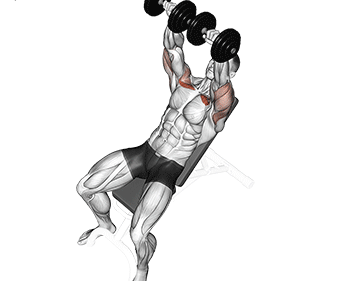
Works your upper chest and shoulders.
If your bar path always feels weak near the top—this helps. Plus, it builds pressing power from a slightly different angle.
🔹 Close-Grip Bench Press
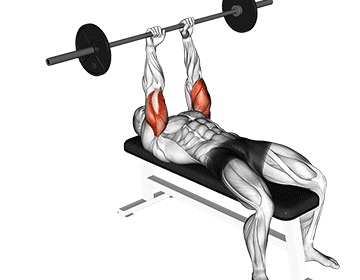
More triceps, less chest.
Great if you struggle locking out the last few inches. Triceps = bench power. Simple as that.
🔹 Dumbbell Bench Press
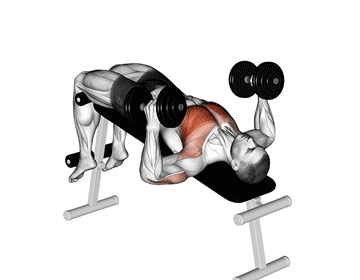
Each side has to work on its own.
This builds balance, stability, and range of motion. If your barbell bench feels uneven or shaky—dumbbells will expose the problem (and fix it).
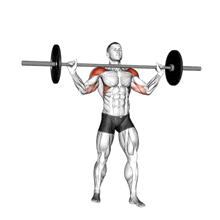
Strong shoulders = stable bench.
This move builds upper body strength from top to bottom. If your bench feels weak or wobbly, this gives you a solid base.
Don’t skip these.
Your bench press doesn’t grow by benching alone. Build the support muscles, and the big lift follows.
Progressive overload for bench press isn’t fancy. It’s not some secret trick.
It’s just small steps—done on purpose, week after week.
If your bench has been stuck, now you know why.
You’ve got the tools. You’ve got the plan.
All that’s left? Do it. Stick with it.
Add a little. Push a little. Rest hard.
Repeat.
It won’t feel fast. But one day you’ll load a weight that used to crush you… and it’ll fly.
That’s progress.

Hi, I’m Alex Carter, part of the editorial team at Leadman Fitness. We specialize in crafting premium custom racks, cable machines, functional trainers, and strength accessories for home and commercial gyms. With a background in competitive powerlifting and gym design consulting, I’ve spent years testing gear under heavy loads and optimizing layouts for efficiency.
I focus on translating real-world user frustrations—like space limitations, budget constraints, or durability needs—into actionable solutions. By collaborating directly with our engineers and facility owners, I ensure our custom equipment evolves to solve the unspoken challenges lifters face daily. What I share isn’t textbook advice; it’s battle-tested insight from racks I’ve welded, cables I’ve replaced, and gym floors I’ve trained on.
